
The 100(?) day election countdown
We are now past the 100-day countdown to Election DAY. This is traditionally the beginning of our predictive period, when analysts, pundits and pollsters start looking into the proverbial crystal ball for likely outcomes. It is a long-standing tradition.
However, I emphasized the word “day” to draw attention to the fact that our long-standing tradition of evaluating the election is not as dependable as it was. That is because we no longer have an Election DAY – but rather an election period.
The day is now only when we count most of the ballots and hope to determine who has won their respective elections – and even that determination may be delayed by days, weeks or even months. In some rare cases, the winner of some congressional seats had not been officially declared for a year. (incidentally, thank God we have the Electoral College, or we could have presidential elections go undecided for extended periods.)
This year – with the nation still in the grips of the Covid-19 pandemic – the election period will be lengthened by a lot of (too) early voting and the large number of mailed-in ballots. Those facts will undoubtedly increase the level of credible questions over the integrity of the process. This could mean recounts and court battles. But that is hardly a rare occurrence. In 2000, Al Gore refused to accept the initial election count for weeks after Election Day – preferring to battle in state elections offices and federal courts.
What all this means in terms of our current election period is that the old 100-day standard is null and void. In some states, voters will be going to the polls in about 40 days – less than half of the traditionally 100-day ramp-up. In many cases, they will make their choices before events occur that could change their vote.
Because we are closer to actual voting, it means that the current polls – as erroneous as they may be – are better indicators than they might have been in previous presidential elections. There is less time for voters to make up their minds. And THAT is not good news for President Trump – who is significantly down in most polls. Most concerning are those polls that show former Vice President Joe Biden with a significant lead in many of the all-important battleground states.
Yes, the pollsters and the pundits were wrong in 2016 – but not as much as is popularly believed. While they overwhelmingly gave the win to Hillary Clinton, their numbers were not as far off in terms of the popular vote – and it was those three to five percent errors that flipped the key battleground states to Trump. That is an important point because this season, the pollsters are showing a much wider lead by Biden than had been the case with Clinton. Polls can be wrong, but not usually that wrong.
Now for some good news.
These latest polling numbers ARE wrong. So, where Trump is down by 10 points or more, he is probably actually down by half that –five or less. Where he is down by less than 5, he is probably ahead by a couple points. Florida is a good case in point. The last poll shows Trump down by a whopping 12 points in the Sunshine State. That is waaaaay off. It will be close in Florida, with the winner coming in with a less than 3-point lead.
Part of the problem is that historically the pollsters always give Democrats a better showing than they receive from the actual voters — and there is no reason to think that will be different this year. In addition, there are likely to be a greater number of Trump secret voters. They were evident in 2016 and should be evident again – even more so. This is due to the massive media effort to shame Trump voters. It is common sense. If you are being characterized as some sort of Neanderthal if you vote for Trump, you are less likely to admit it in public or to pollsters. This is especially true of the beleaguered male – Black and White – who may not even admit their vote to their wives.
Another positive bit of news for Trump is that Republican voters are measurably more energized than Democrat voters. And as usually the case, those angry young left-wingers demonstrating and rioting in the streets are not registering any more than usual – and they tend to vote in the lowest percentages.
The other good news is that as bad as the current batch of numbers look for Trump now, they are actually beginning to trend in his favor. The average polling suggests a one- or two-point gain for the President.
Finally, although the early voting is looming, there is still a lot of time – and a lot of events – that can dramatically change the votes. Democrats tend to get a boost from their convention, but it is short-lived because it is quickly followed –tamped down– by the subsequent Republican post-convention boost.
Then there is the question of debates. A one-on-one debate between Trump and Biden is likely to have a significant impact on the race – although there is no way of knowing what that impact will be at this juncture.
The pollsters today are having serious problems creating the sort of samples they need to judge the larger public. There is no history to tell the significance of mail-in balloting – which will soar to record numbers. How much will Covid-19 suppress the vote as especially the elderly may stay home. What will be the impact of having a Black woman on the ticket – with an almost certainty that Biden will make such a selection? Or … what is the possibility of a Black female backlash if he does not?
There is no doubt that Trump and the GOP have some work to do to get the numbers moving in their favor. That is a Herculean task considering the daily drubbing they receive from the media.
Like a hurricane, we will better know from pollsters where this political storm will make landfall as we get closer to the election period.
So, there ‘tis.


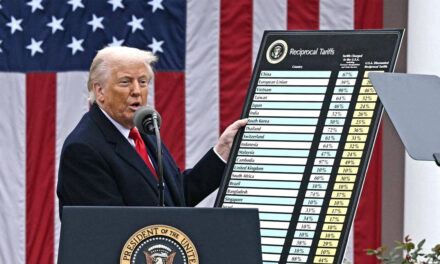
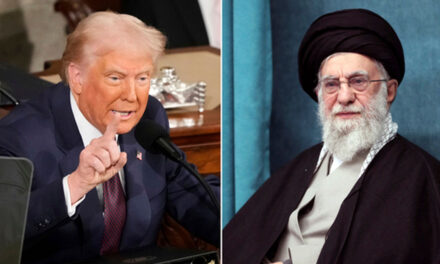
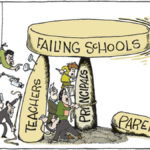

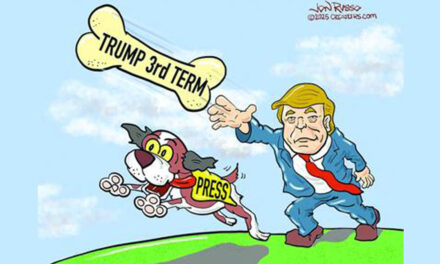



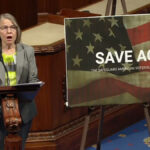
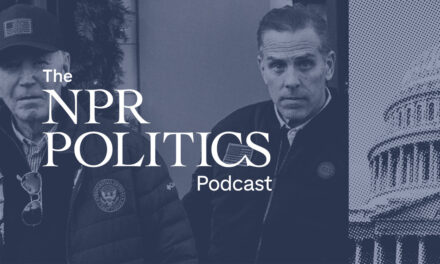



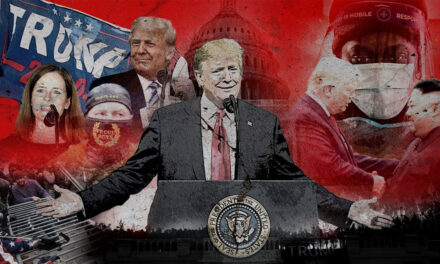


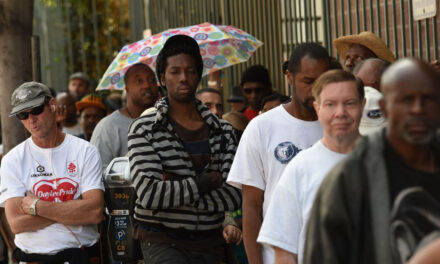





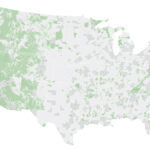


“There are methods which you could do it,” said Trump when asked about a third term just this weekend. “I’m…
Larry, while I tend to agree that a trump third term is highly unlikely-it is not for the reasons that…
From media bias/fact check: "Overall, we rate The American Alliance for Equal Rights as right-biased based on advocacy that favors…
Here's hoping we do not repeat history! Reed Smoot, Chairman Senate Finance Committee April 18, 1931 "One of the most…
Where did Trump's tariff plan, if you can call it that, come from? Trump has talked tariffs well before politics…